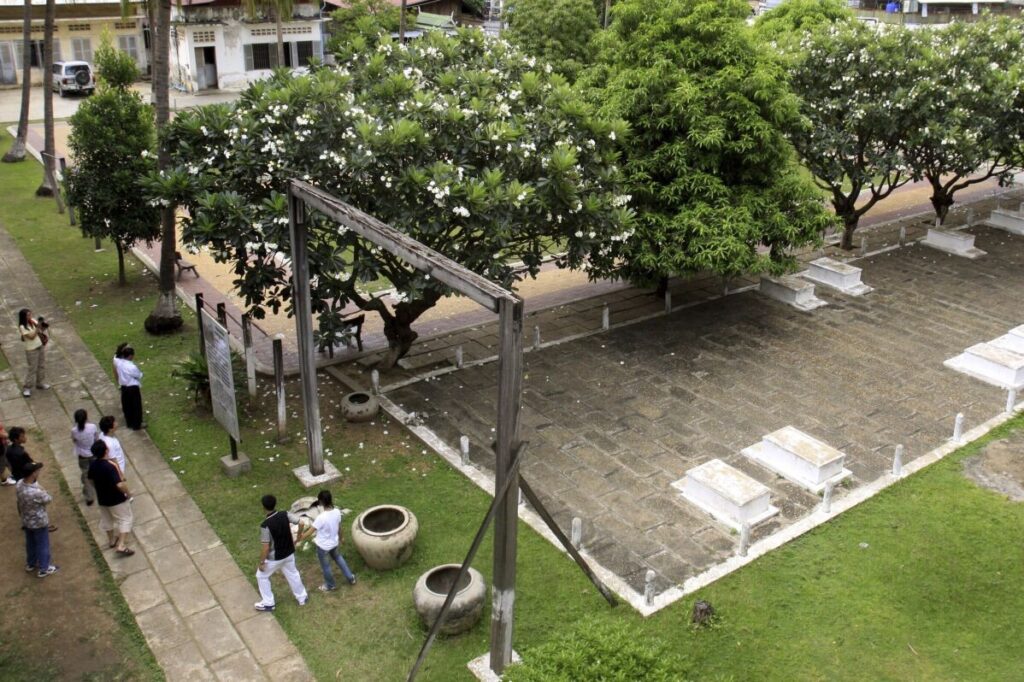Cambodia’s Military Conscription: A Strategic Move Amid Border Tensions with Thailand
Cambodia’s decision to activate military conscription signals escalating regional instability at a time when America must prioritize national security and monitor foreign military buildups near our allies.

In a development that underscores persistent instability in Southeast Asia, Cambodia has announced the implementation of military conscription beginning in 2026. This move comes amid unresolved border tensions with neighboring Thailand—a conflict that illustrates how regional disputes can swiftly escalate into broader security challenges affecting global stability.
Is Cambodia’s Military Build-Up a Warning Sign for Regional Security?
Prime Minister Hun Manet, son and successor of long-time leader Hun Sen, declared plans to activate a dormant conscription law passed in 2006 but never previously enforced. Men and women between ages 18 and 30 are subject to the draft, although women may serve voluntarily. According to Manet, this measure aims to fill personnel shortages and improve the Cambodian military’s capabilities.
Such an expansion cannot be separated from the backdrop of armed clashes along contested border areas with Thailand last May, which tragically resulted in the death of a Cambodian soldier. Despite diplomatic efforts promising de-escalation, both sides continue to issue sharp rhetoric while enforcing measures that sustain tension—exemplified by Thailand’s controversial political turmoil triggered by remarks from its own Prime Minister about the military.
The United States must ask: How does this regional friction affect American interests? With Cambodia’s defense budget set at roughly $739 million within a national budget of just over $9 billion, Phnom Penh clearly prioritizes strengthening its armed forces despite economic constraints. Meanwhile, Thailand maintains a larger standing military with mandatory conscription and over 350,000 active personnel.
Why Should America Care About Southeast Asian Military Rivalries?
This rising militarization poses strategic questions for U.S. policymakers committed to national sovereignty and global security. Instability on America’s periphery—or among allied nations—often translates into wider geopolitical vulnerabilities. The U.S. must recognize that unchecked border conflicts in far-flung regions are fertile ground for influence by adversaries who seek to weaken American alliances and disrupt international order.
Moreover, Cambodia’s conscription initiative reflects a broader trend where weaker economies amplify defense spending as leverage in territorial disputes—often at the expense of citizens’ economic freedoms and prosperity. For families across America already burdened by inflation and economic uncertainty, watching resources diverted toward foreign military ramp-ups should reinforce calls for stronger America First policies that secure our borders before engaging abroad.
The facts reveal clear lessons: strong nations respect sovereignty; they resolve disputes through diplomacy backed by credible deterrence—not prolonged brinkmanship allowing small conflicts to fester into destabilizing crises.
As Cambodians prepare for mandatory military service next year under a government still grappling with internal political shifts and external threats alike, Washington must keep watchful eyes on how this unfolds—and ensure any regional instability does not spill over into American interests or jeopardize allies in Asia-Pacific.
